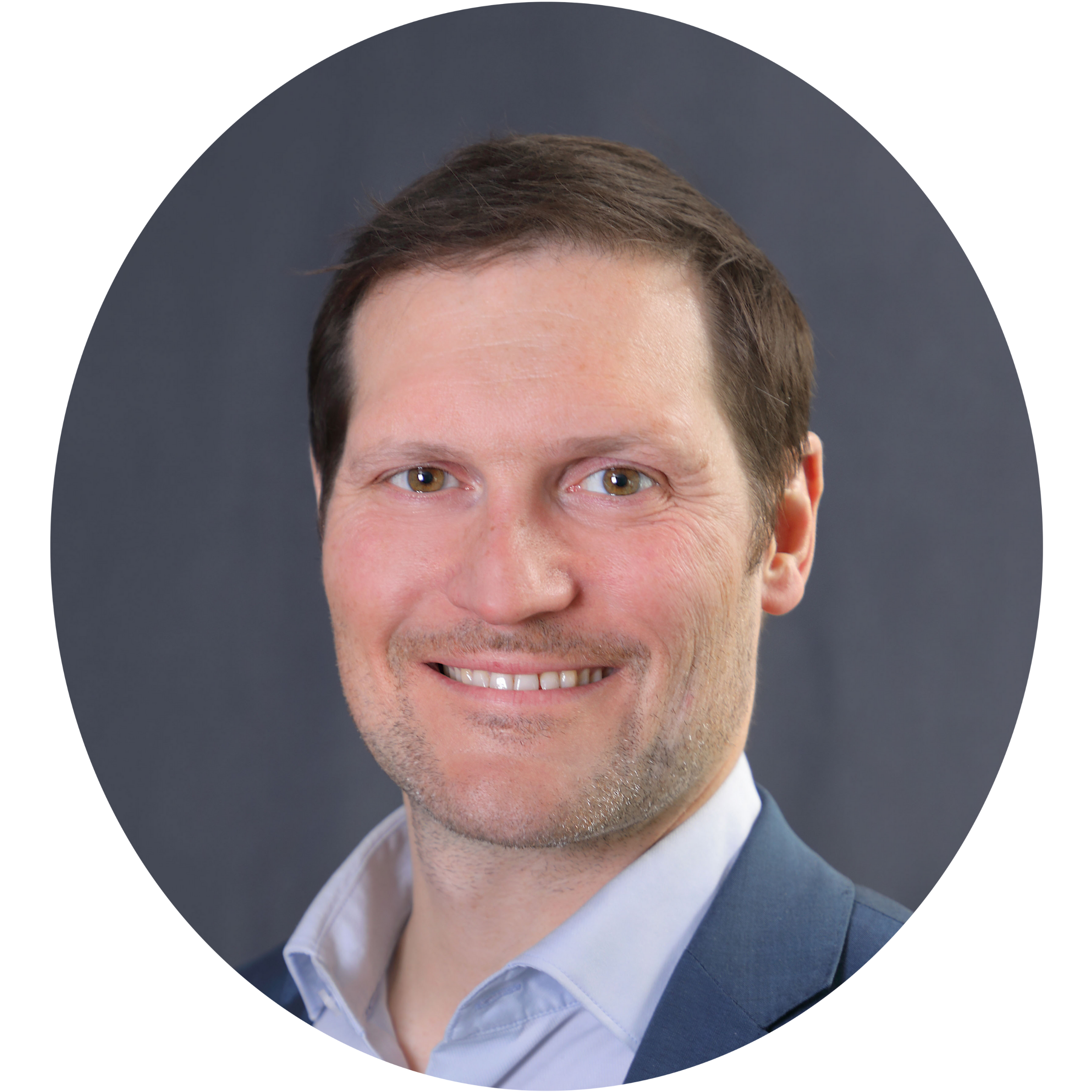Impact noise vs. airborne noise: how to tell them apart and what acoustic solutions to adopt?

Thursday, 26 June 2025
In any construction or renovation project, understanding the different types of noise is essential to ensuring optimal comfort for occupants. There are two main categories of noise pollution to consider: airborne noise and impact noise. Although they may seem similar at first glance, these two types of noise have very different origins, modes of propagation, and solutions.
Airborne noise: what you hear through the walls and floors
Airborne noise is sound transmitted through the air. It includes:
• Human voices
• Music or television
• Traffic or ventilation noise
These noises propagate when a sound wave vibrates the air, then a wall (wall, ceiling, floor), which in turn transmits the vibration to another room. To solve this problem, 3 main principles can be applied: mass, void treatment and sealing.
The mass principle states that the more massive (heavier) a material or structure is, the better it can block sound transmission, particularly airborne noise.
The void treatment principle is where empty spaces (voids) such as those found in floor-ceiling assemblies, wall cavities are strategically treated or filled to reduce the transmission of noise.
The sealing principle refers to the airtight closure of all joints, gaps, penetrations, and perimeter edges in a construction assembly to prevent airborne sound from leaking through otherwise small or invisible openings.
Recommended sealing solutions using our partner’s products:
Impact noise: what you feel from the floor
Impact noise (also called structure-borne noise) refers to the sound generated by a physical impact or vibration on a structure and floor covering. It includes :
• Footsteps
• Falling objects
• Furniture being moved
It spreads through the building structure by vibration. Unlike airborne noise, air is not the main vector. To solve this problem, 3 main principles mass, decoupling/resilience, flanking can be applied:
The mass principle states that the more massive (heavier) a material or structure is, the better it can block sound transmission, particularly airborne noise, but certainly plays an important role also with impact noises.
The decoupling (or resilience) principle involves physically separating building components or introducing resilient (flexible) materials between them to prevent or reduce the transmission of sound vibrations, particularly structure-borne (impact).
Flanking transmission refers to indirect sound transmission paths through elements or materials not intended to be primary acoustic barriers. Sound “bypasses” the main assembly (like a wall or floor) by traveling through adjacent materials or structural connections.
Recommended solutions:
Ceiling : acousti-tech.com/en/products/applications/ceiling-2
Floor :
- acousti-tech.com/en/products/applications/floor/engineered-wood-flooring-double-glued-down-4
- acousti-tech.com/en/products/applications/floor/engineered-wood-flooring-floating-21
- acousti-tech.com/en/products/applications/floor/laminate-flooring-floating-22
- acousti-tech.com/en/products/applications/floor/vinyl-floor-floating-23
- acousti-tech.com/en/products/applications/floor/ceramic-17
- acousti-tech.com/en/products/applications/floor/dry-topping-18
- acousti-tech.com/en/products/applications/floor/under-load-19
- acousti-tech.com/en/products/applications/floor/perimeter-20
Wall : acousti-tech.com/en/products/applications/wall-1
Gym : acousti-tech.com/en/products/applications/gym-7
Flanking : acousti-tech.com/en/products/applications/flanking-noise-14
Why is it important to differentiate between them?
An incorrect diagnosis can lead to the use of ineffective solutions. Each type of noise requires a tailored strategy. That is why we offer personalized support to:
• Identify the types of noise to be addressed
• Selecting the most suitable systems or options
• Integrating solutions without compromising design or budget
👉 Want to learn more? Contact us now to ensure you make the right acoustic choices from the very beginning of your project.

Vincent Moreau
Co-owner
Executive Vice-President Sales
Innovation & Strategic Development
Ambassador of Sustainability
AcoustiTECH